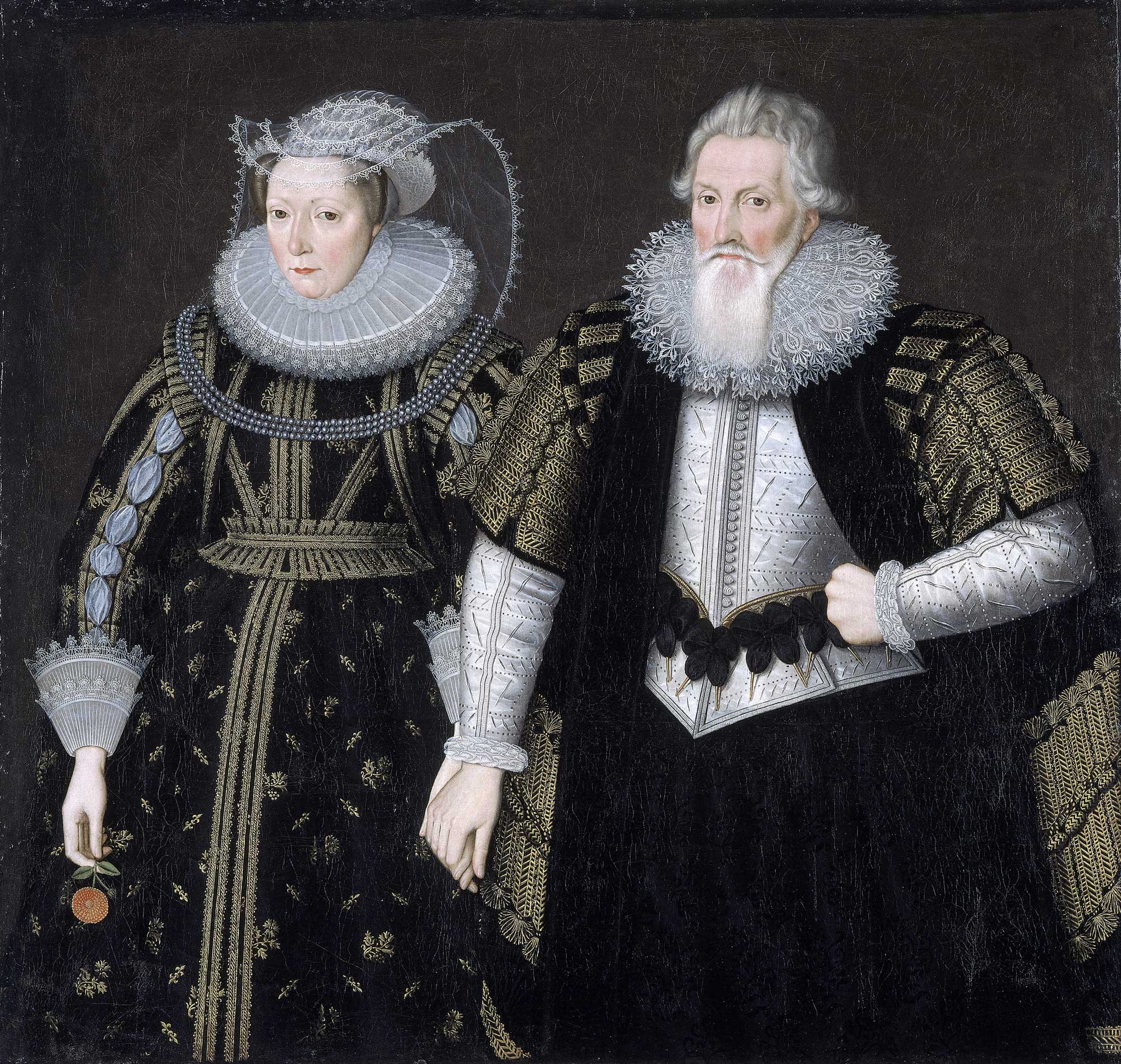I had an unexpected trip to Coventry on Thursday. I had been missed off the email list so it was a short notice booking of a hotel and off I went to attend the Symposium on Friday.
Marsha Meskimmon was the keynote speaker.
Conversations with Contingencies.
Feminism, Women, Gender, Drawing.
About drawing as conversation - across, between. Conversation about women - sexual conversation. The etymological definition of conversation - Between the divine and the earthly.
Conversation - agency for categories. How we understand the categories of Contingencies.
Contingency - Elizabeth Grosz - context. 'Sexual Signatures, Feminism after death of the author: Essays on the Politics of Bodies'. Grosz was debating what was feminism about? women, hierarchy, context? Not assured. Style? Reader? Much slippage. None of them work. No wholly effective classification. Concluded it is
provisional or momentary. Enables the examination of subjects and meanings in process - it is a revised mode of agency.
Explore the processes.
Carolee Schneemann. Much nude performance action. Limits subjects/objects; limits; women's body as object. MM noted her work is not always fit for feminism as CS uses herself, her body, as object. I really get this. I've never been keen on her work - and MM articulated exactly why I am uncomfortable with it.
Janine Antoni. Loving Care. None of her work is nude. Uses hair as paintbrush and wears a dark body stocking that makes her body look somewhat like a paintbrush handle. Uses hair to paint hair dye all over the floor. Cannot be restrained to canvas. The leaky body.
One's work and interpretation changes over time - by self and others. (Yes! I really get this with my undergrad work).
Bodies we don't see and inscribe.
Andre Lorde - For the Masters tools will never dismantle the masters house. Sister Outsider.
They may allow us to temporarily to beat him at his own game but they will never enable us to bring about genuine change. (binary thinking).
Sonia Boyce. Lay Back, Keep Quiet 1986.
Judy Watson, Low Tide Walk 1991.
Karla Solano Home 2005. Assumption - masochistic work. But actually in deerskin. Visceral but not damaging. Inside or outside. In fact, home is neither inside nor outside.
Catherine Opie - Self Portrait - Cutting. Questions around lesbian identity, home, family. Deliberately painful and hard.
Jenny Holzer. Lustmord. 1993-4 Realisation of systematic rape in Kosovo. Destruction of the 'other'. Writing on skin in the voice of perpetrator and victim. Really powerful to read the perpetrator's words written in the first person.
George Grosz Lustmord - damaged WW1 soldiers.
Susan Hauptmann Self portrait with feathers. 2007
Sarah Ahmed The Cultural Politics of Emotion.
quote p187
Many ways to display female work.
Be clear about what point you are making.
Define your category in your own right.
Not 'only'. Contingent cases.
Feminism is not one size fits all. Change and keep modifying.
Strategies move (or competent strategic thinkers should make sure it does!)
Images to follow.

































